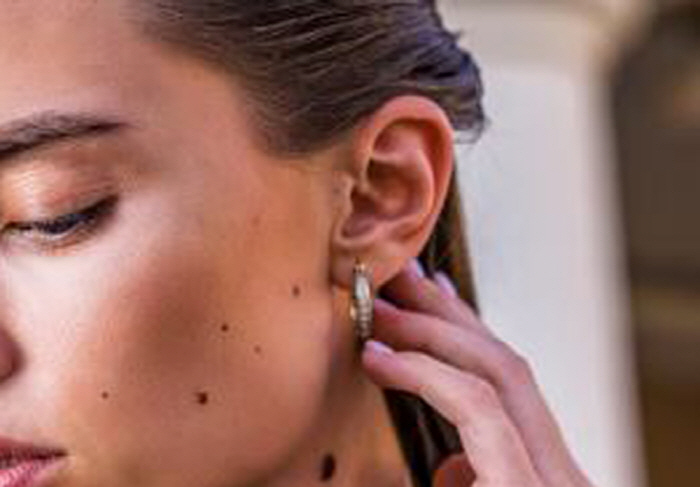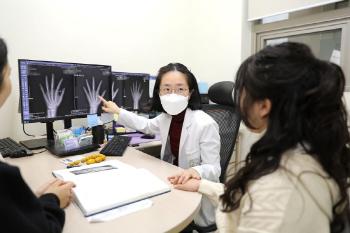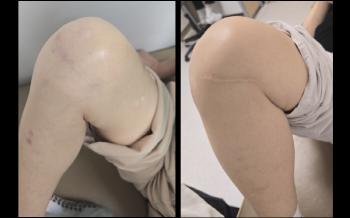I feel dizzy when I turn my head, Lee Seok-seong...Female patients, 2.3 times more than men
|
To understand the cause of otolithiasis, you first need to know the function of your ears. The ears are not only responsible for hearing sounds, but also for maintaining balance in the human body.
Seo Jae-hyun, professor of otolaryngology at Catholic University of Korea's Seoul St. Mary's Hospital, said, `Just as smartphones detect direction and slope using gyro sensors as well as phone functions, our ears also have the ability to detect the position of the head and maintain balance. And one of the structures needed to maintain this equilibrium is Lee Seok.
◇ Female patients, about 2.3 times more than men
There are tens of thousands or more of these stones in the ears, and they are responsible for detecting them when our bodies move back and forth, up and down, or tilt. However, otolithiasis occurs when the mass of otolith falls from the original position and enters the semicircular tube. At this time, if you move your body or head in a specific direction, you will feel severe dizziness in which the world rotates.
Otolithiasis is a more common disease than expected, and it is known that anyone is about 6% likely to suffer at least once in their lifetime, and that there are about 2.3 times more female patients than men. Especially in women after their 50s, postmenopausal hormonal changes and osteoporosis weaken bone health, which is characterized by an increased risk of development. There are also studies that show that otolithiasis is more likely to occur if you live in a bed for a long time. Professor Seo Jae-hyun emphasized that `because the position of continuing to lie on the side increases the likelihood of Lee Seok escaping to the semicircular tube by gravity, the risk of developing the disease increases if you lie down for a long time.'
◇ Natural healing experiences dizziness and vomiting for one month
The ear stone that enters the ring tube may escape or melt away on its own. However, since there are reports that natural healing takes about a month, daily life may be difficult due to dizziness and vomiting. Therefore, if diagnosed with otolithiasis, it is recommended to receive active treatment rather than waiting for natural healing.
In order for this stone to return to its place, it must pass through a labyrinthine ear structure, and physical therapy called otolith replacement is performed to help it. In some cases, a single otolithiasis replacement may be cured, but in some cases, it may be completely recovered only after repeatedly performing it over several days. However, dizziness may continue for a certain period of time due to the residue of the otolith that has fallen even after the procedure. In this case, sedatives or emetic drugs can be used to relieve dizziness and vomiting, but drugs are only for symptom relief and do not solve the cause.
Professor Seo Jae-hyun said "Dialysis itself is not difficult to treat, but it can recur. In addition, if dizziness is repeated or lasts longer than usual, or if other abnormal symptoms such as nerve paralysis are accompanied, it is possible that it is not simple otolithiasis, so you should visit the hospital immediately. In this case, more serious diseases such as stroke, Meniere's disease, vestibular neuropathy should be identified" he advised.
In addition, this stone is not a single stone, but is made of hundreds of small particles, so there is a possibility that it will fall again. In particular, symptoms can be repeated if the bone density is low and the ear does not settle stably in the ear. In order to prevent recurrence, it is helpful to take enough calcium and vitamin D and keep doing outdoor activities in the sun.
This article was translated by Naver AI translator.




